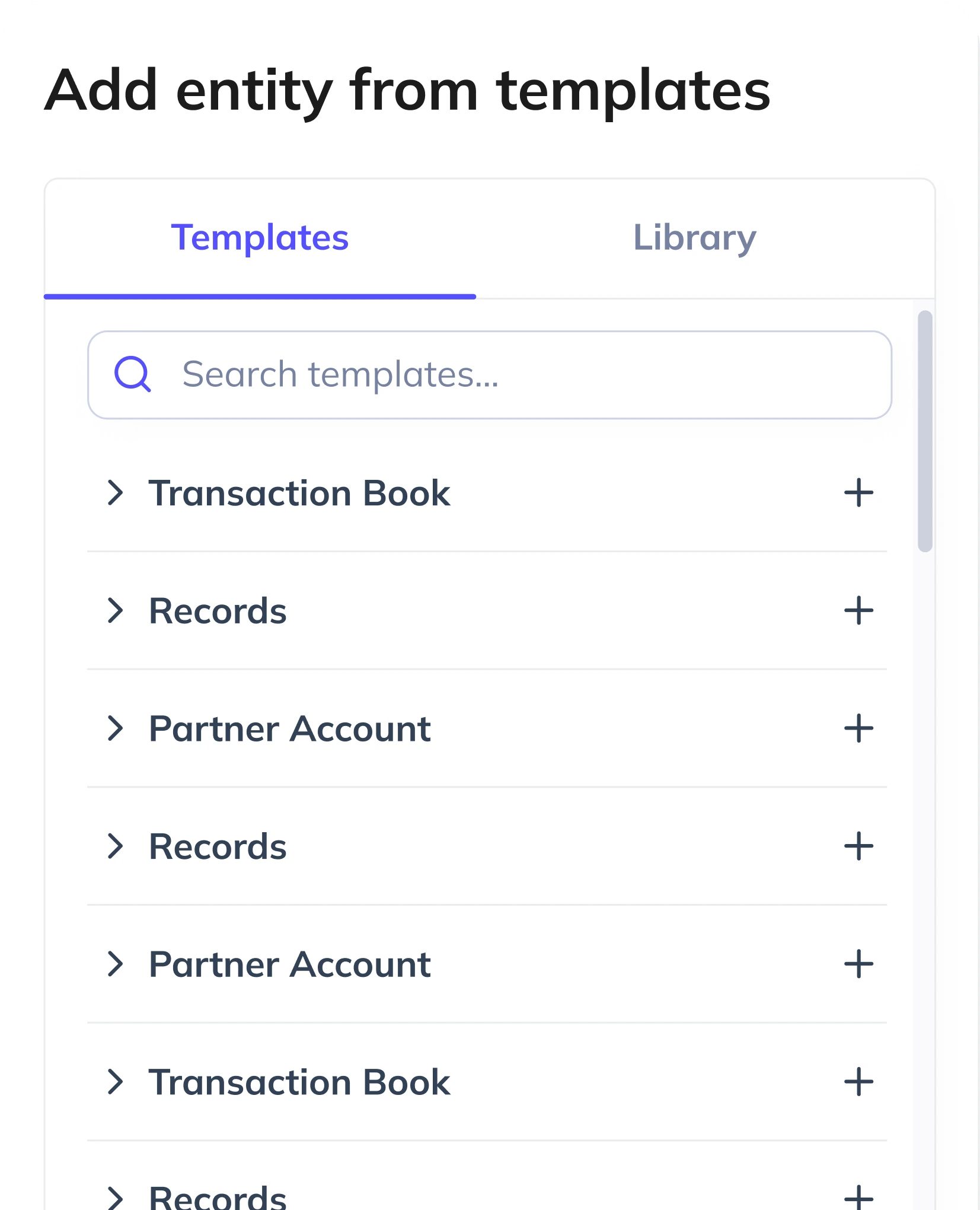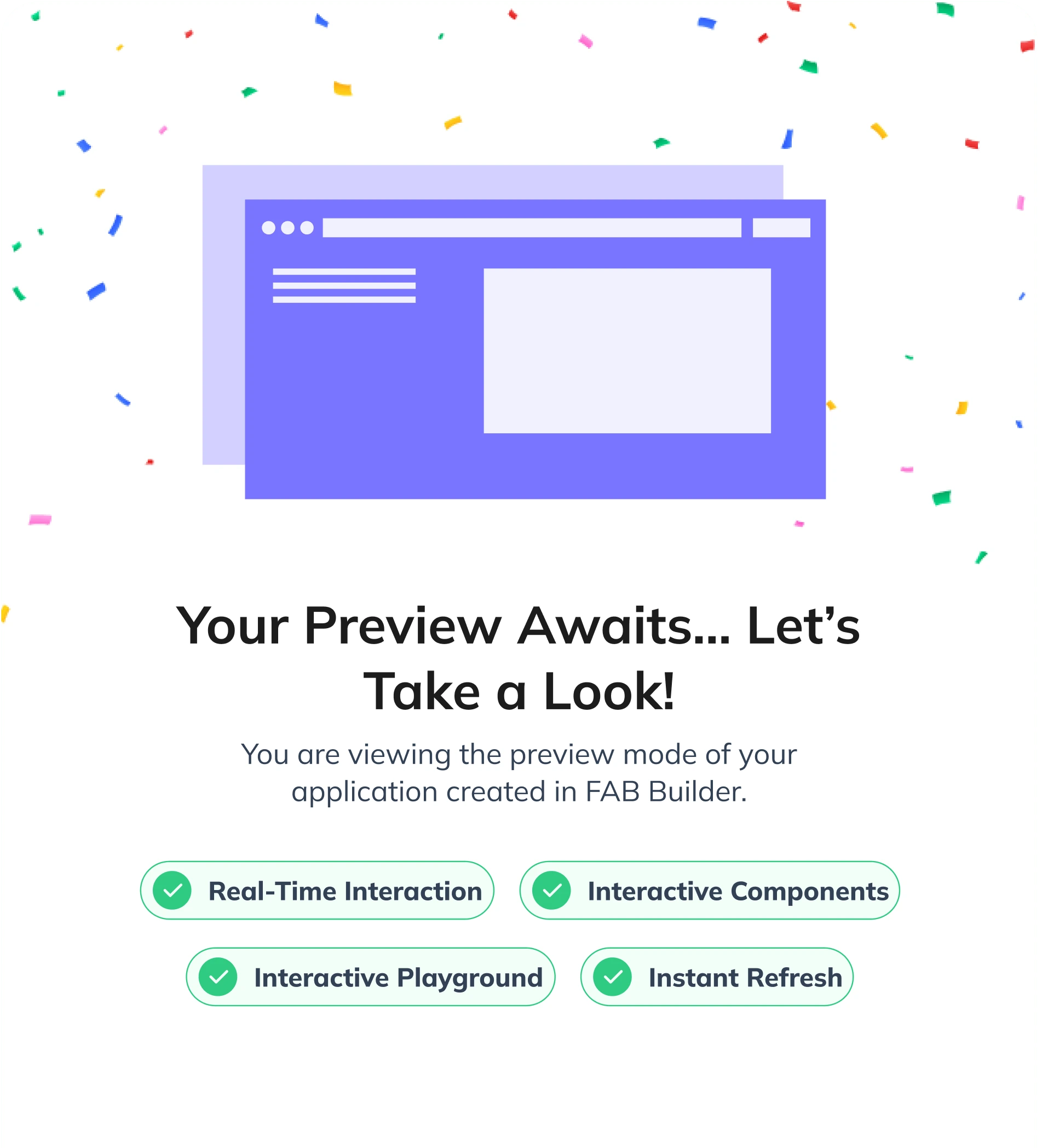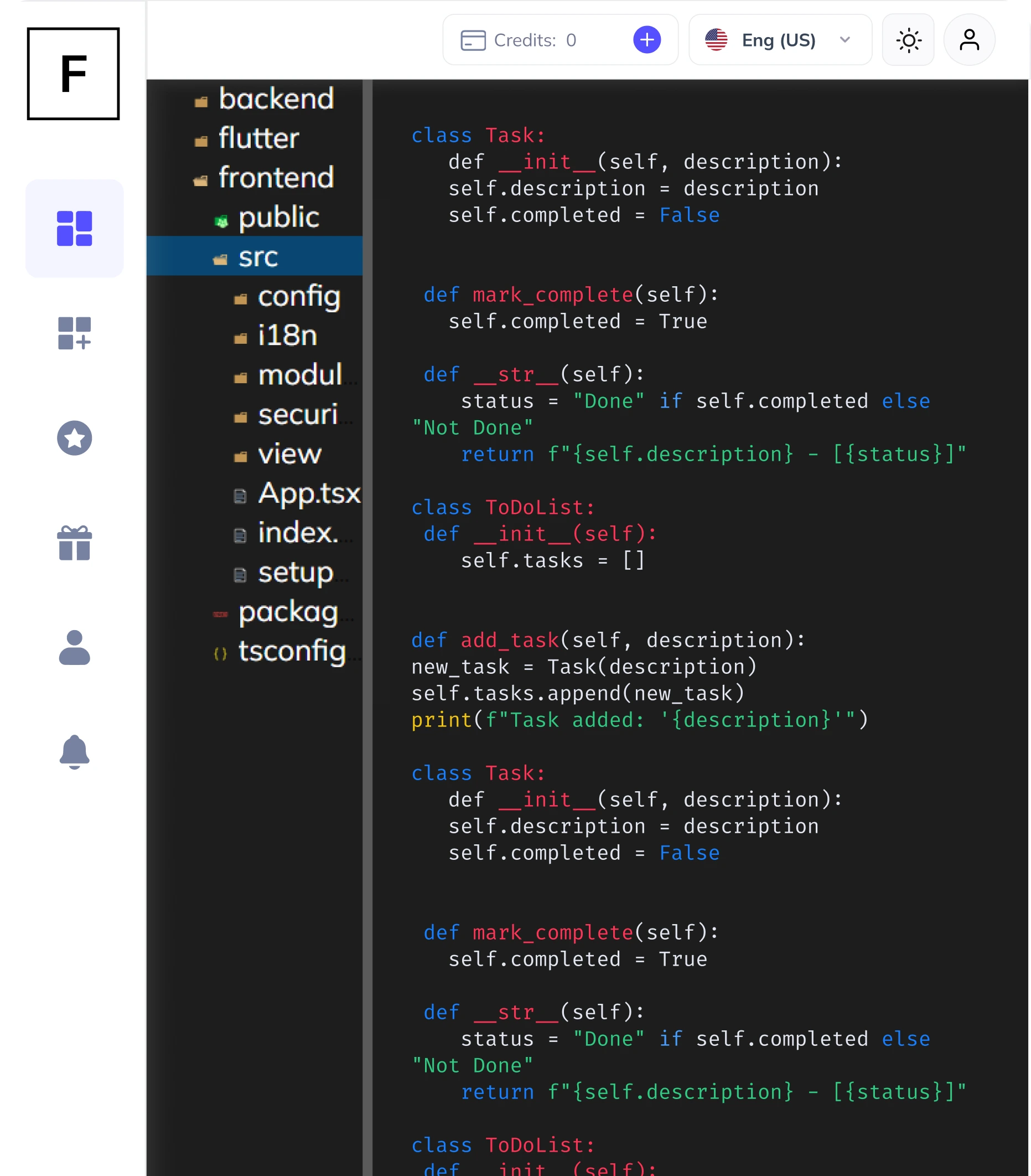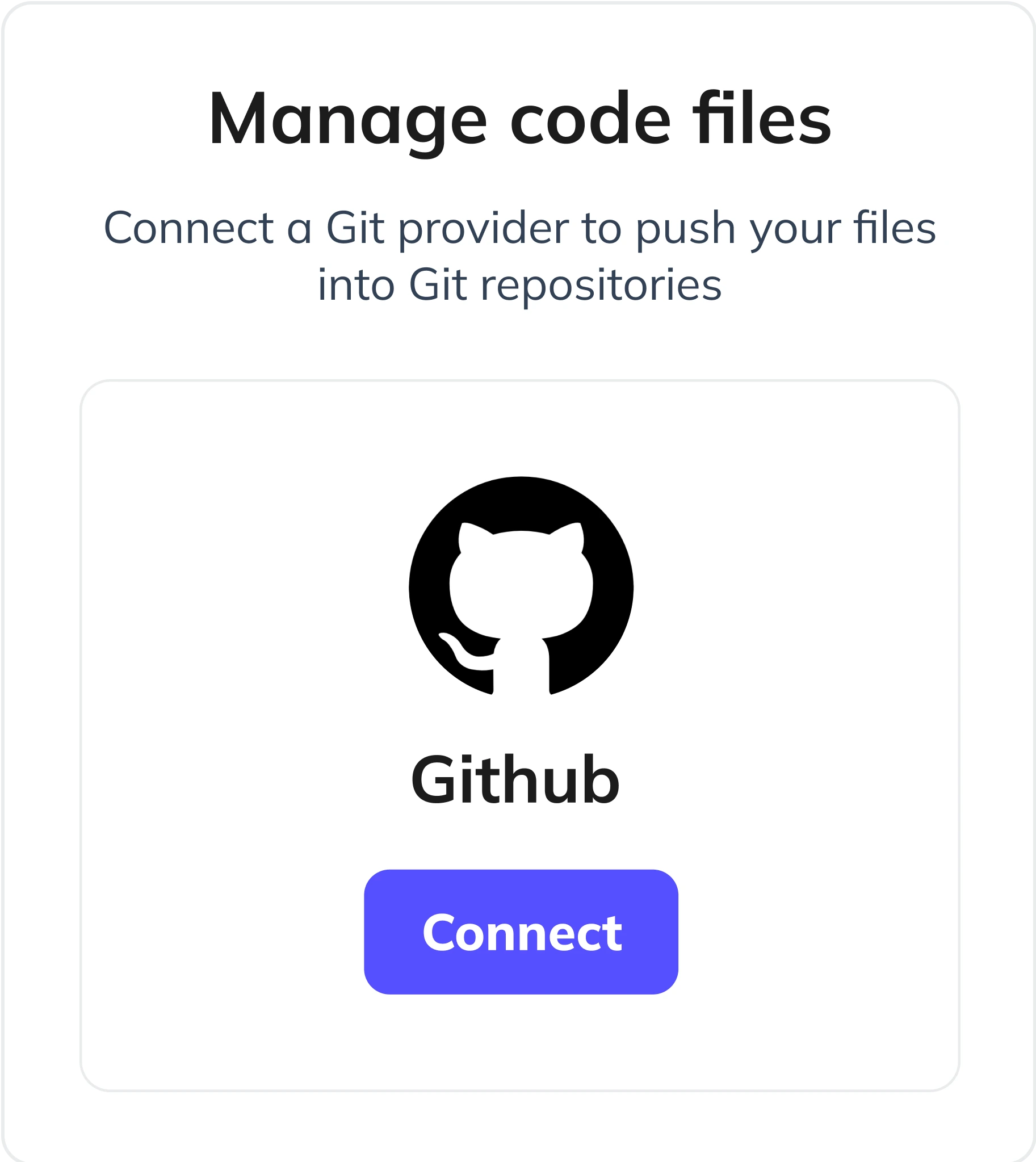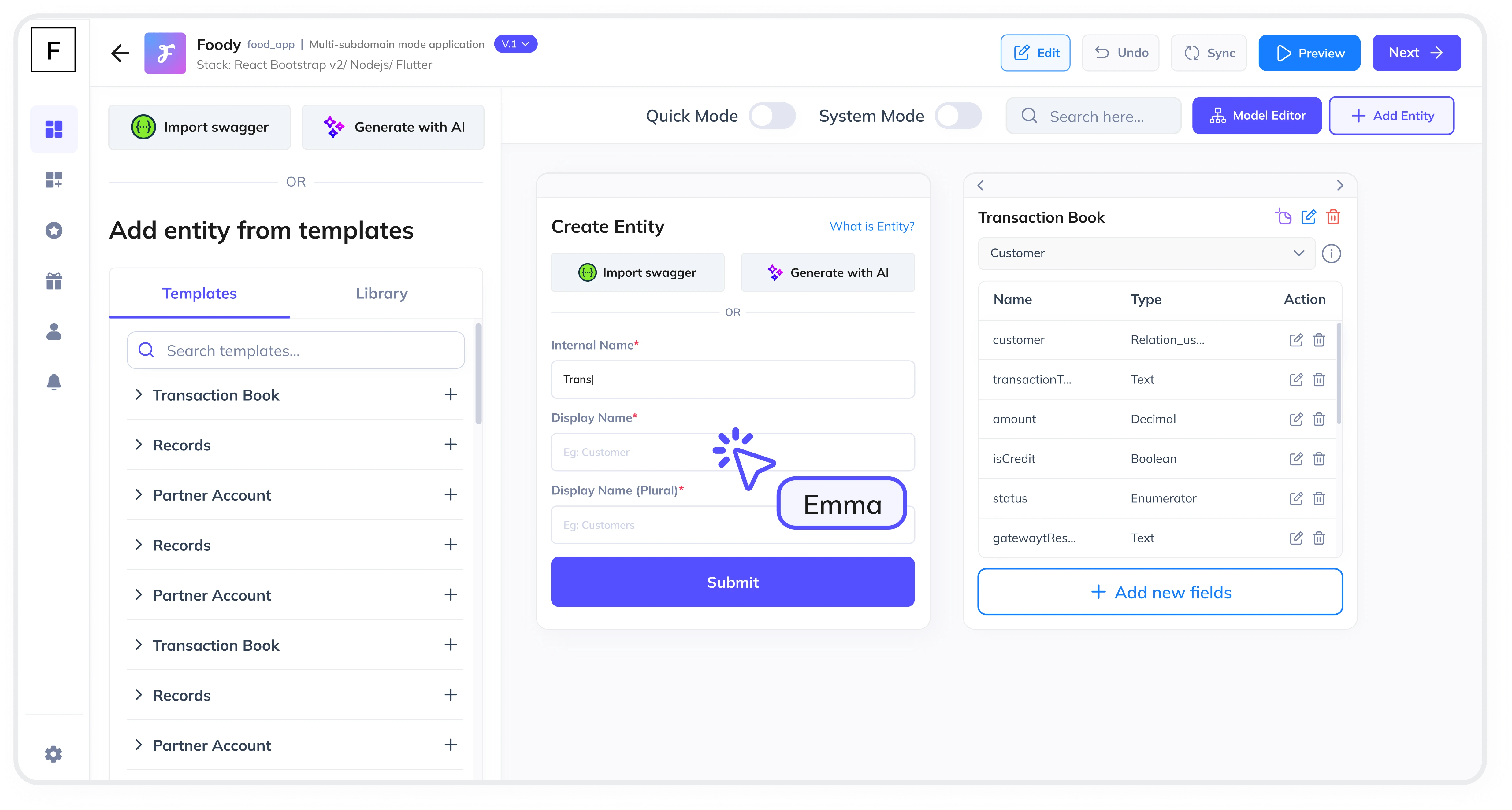Summarize and analyze this article with:
The messaging module is a cornerstone of any social networking platform, enabling users to communicate seamlessly through direct messages, group chats, and multimedia sharing. This guide will walk you through the process of building a robust messaging module, complete with real-time communication, security features, and scalability. Whether you're building a new social media app or enhancing an existing one, this guide will help you create a messaging module that fosters user engagement and connectivity.
Why a Messaging Module is Essential for Social Networking Platforms
A messaging module is more than just a feature—it's a critical component that drives user interaction and retention. Here are some key reasons why it's essential:
- Real-Time Communication: Users expect instant messaging capabilities, whether it's text, images, videos, or voice notes.
- Enhanced User Engagement: Features like read receipts, typing indicators, and notifications keep users engaged.
- Privacy and Security: End-to-end encryption ensures that user conversations remain private and secure.
- Scalability: A well-designed messaging module can handle millions of users without compromising performance.
Step 1: Define the Core Features of Your Messaging Module
Before diving into development, outline the key features your messaging module will support. Here are some must-have features:
- Direct Messaging: One-on-one conversations between users.
- Group Chats: Allow users to create and participate in group conversations.
- Multimedia Sharing: Enable users to send images, videos, and voice notes.
- Real-Time Updates: Implement real-time message delivery and synchronization.
- Notifications: Notify users of new messages, even when they're not actively using the app.
- Read Receipts and Typing Indicators: Enhance user experience by showing when a message is read or when someone is typing.
- End-to-End Encryption: Ensure user privacy with secure communication protocols.
Step 2: Choose the Right Technology Stack
Selecting the right technology stack is crucial for building a scalable and efficient messaging module. Here are some popular options:
- Frontend: React.js, Angular, or Vue.js for a responsive and dynamic user interface.
- Backend: Node.js, Java, and .NET for handling real-time communication and data processing.
- Database: MySQL, MongoDB, PostgreSQL, or Firebase for storing messages and user data.
- Real-Time Communication: WebSockets or libraries like Socket.IO for real-time message delivery.
- Cloud Hosting: AWS, Google Cloud, or Azure for scalable and reliable hosting.
With FAB Builder, you can leverage a low-code platform that supports multiple technology stacks, including MERN, MEAN, React with Tailwind, and more. This flexibility ensures that your messaging module can adapt to changing requirements and scale effortlessly.
Step 3: Design the User Interface
A user-friendly interface is key to the success of your messaging module. Focus on the following design principles:
- Simplicity: Keep the interface clean and intuitive.
- Responsiveness: Ensure the module works seamlessly across devices, including mobile and desktop.
- Customization: Allow users to personalize their chat experience with themes and settings.
FAB Builder's AI-assisted entity creation and pre-built templates can help you design a polished and functional UI in no time.
Step 4: Implement Real-Time Communication
Real-time communication is the backbone of any messaging module. Here's how to implement it:
- WebSockets: Use WebSockets to establish a persistent connection between the client and server for real-time updates.
- Message Queues: Implement message queues to handle high volumes of messages efficiently.
- Push Notifications: Use services like Firebase Cloud Messaging (FCM) or Apple Push Notification Service (APNs) to notify users of new messages.
FAB Builder's managed hosting services for AWS, GCP, and Azure make it easy to deploy and scale your real-time messaging infrastructure.
Step 5: Add Media Sharing and File Storage
Allow users to share images, videos, and documents seamlessly. Integrate with scalable file storage solutions like AWS S3, Google Cloud Storage, or Digital Ocean Spaces. With FAB Builder, you can configure file storage providers based on your needs and switch between them effortlessly.
Step 6: Implement Role-Based Permissions
Ensure that messaging features are accessible based on user roles. For example, admins may have additional controls like deleting messages or managing group chats. FAB Builder provides built-in support for role-based permissions, making it easy to implement secure and controlled access.
Step 7: Enable Push Notifications
Keep users engaged with timely push notifications for new messages. Use services like Firebase Cloud Messaging (FCM) or OneSignal to deliver notifications across devices.
Step 8: Ensure Security and Privacy
Security is paramount in a messaging module. Implement the following measures:
- End-to-End Encryption: Use protocols like TLS or Signal Protocol to encrypt messages.
- Role-Based Permissions: Control access to features like file uploads and group chats based on user roles.
- Data Validation: Validate all incoming data to prevent injection attacks and other vulnerabilities.
FAB Builder's multi-layer security model ensures that your messaging module is secure and compliant with industry standards.
Step 9: Test and Optimize
Thoroughly test your messaging module to ensure it performs well under various conditions. Focus on:
- Load Testing: Simulate high traffic to test scalability.
- User Testing: Gather feedback from real users to identify pain points and areas for improvement.
- Performance Optimization: Optimize database queries, reduce latency, and improve response times.
FAB Builder's production-ready code ensures that your messaging module is optimized for performance and reliability.
Step 10: Deploy and Scale
Once your messaging module is ready, deploy it to the cloud with FAB Builder's one-click deployment for AWS, GCP, and Azure. With multi-tenant configurations, you can create SaaS applications and sell subscriptions to your B2B customers, making your platform scalable and profitable.

Bonus: Build SaaS Applications with Multi-Tenant Configurations
With FAB Builder, you can create SaaS applications using multi-tenant configurations, allowing you to sell subscriptions to your B2B customers. This feature is perfect for businesses looking to monetize their platforms while maintaining scalability and security.
Conclusion
Building a messaging module for social networking platforms is a complex but rewarding endeavor. By following this step-by-step guide, you can create a feature-rich, secure, and scalable messaging module that enhances user engagement and connectivity. With FAB Builder's low-code platform, you can accelerate development, ensure flexibility, and focus on delivering value to your users.
Ready to build your next social networking app?
Explore FAB Builder today and take your ideas from concept to production in record time.






